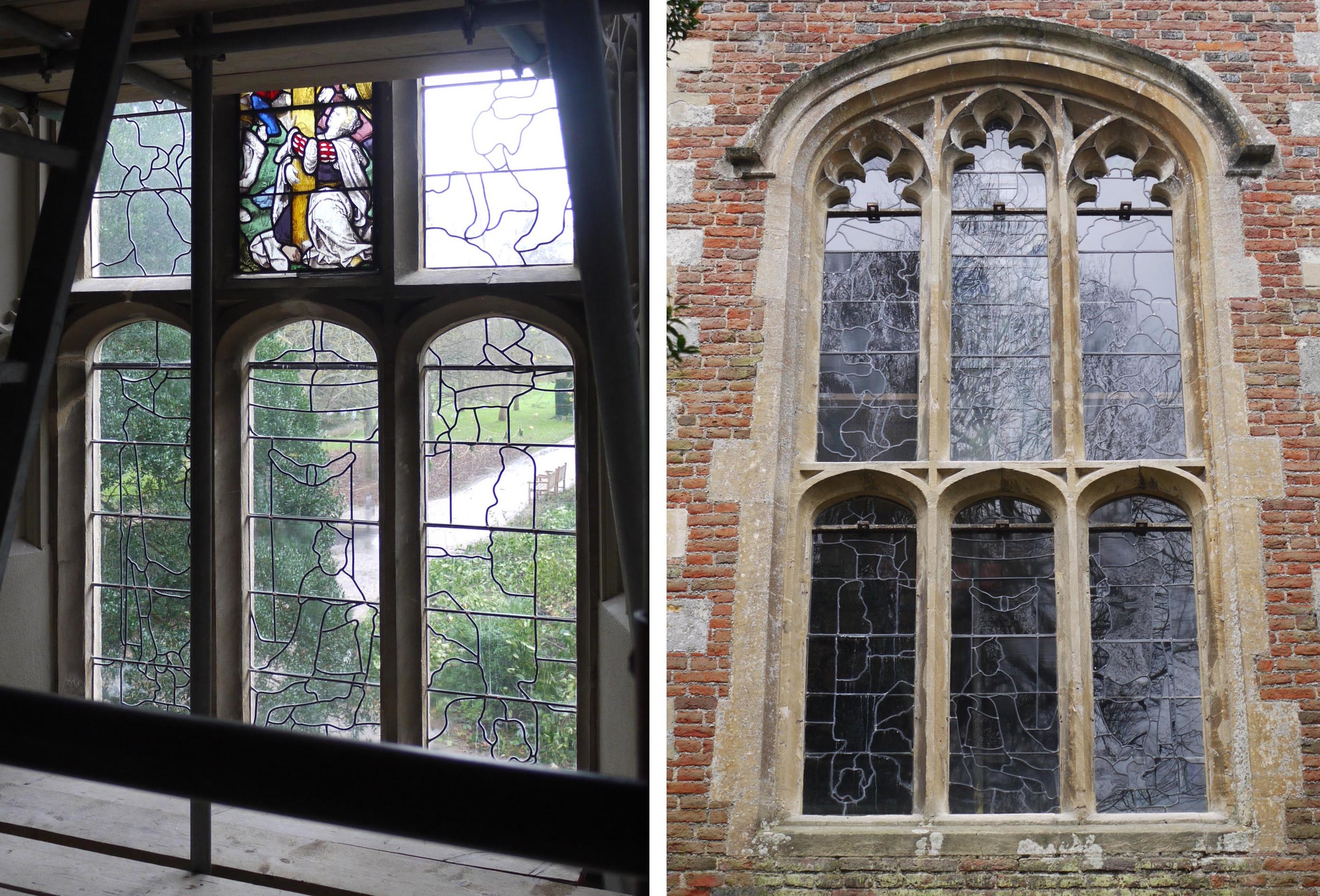Patterns with curling lines pointing inwards "Norfolk" plate
Inspired by looking at dishes, and thinking of painting some myself, I have been drawing patterns that repeat as they rotate. The curling lines I drew started growing into trees. They point towards the middle of the circle as I would draw them if designing a roof light or domed ceiling. However, when I wanted to add a landscape element to the design (as I often do) and looked at the decoration around the edge of the "Norfolk" plate I bought this week, I saw that the right way for the landscape to point around a plate is outwards. (I'm not mad on the flat vignette in the centre).
I've made a number of circular overhead & underfoot commissions. The one I have been reminded of while rotating the repeats this week is from 1997 for Leeds General Infirmary. The abstracted landscape, or cityscape, points inwards on the glass ceiling light and outwards on the lino floor design beneath. The intention was to make the viewer feel as if they were in the centre of things, with the patterns spreading out into space.
Lift lobby, Leeds General Infirmary & preliminary sketches for the glass ceiling light and cut lino floor design, 1997.
The left hand dish sketch below adds a contrasting landscape to my original curling trees. It was then that I realised I needed to turn them around to point outwards resulting in dish sketch number two.
Dish sketches number one and two, 2016. Click on images to enlarge.













